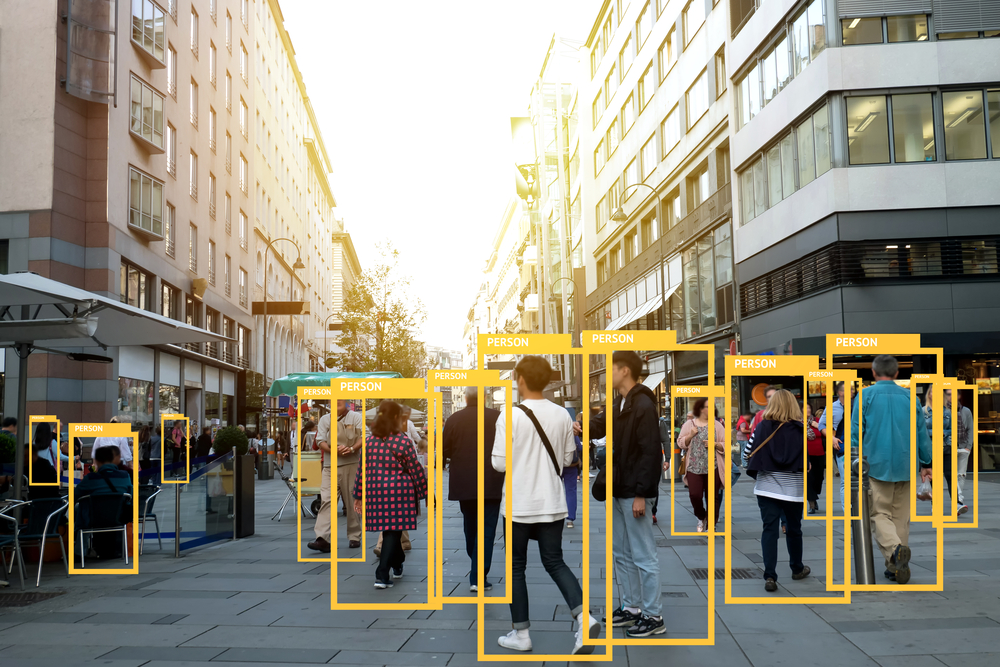


LONDON - Massachusetts Institute of Technology researchers recently created an artificial intelligence (AI) tool that predicts Parkinson’s disease in patients earlier than humans can. The tool in question is a neural network, which is a series of connected algorithms that mimic the way a human brain works and which can assess whether someone has Parkinson’s disease from their breathing patterns while sleeping.
Over the years, researchers have investigated the detection of Parkinson’s using cerebrospinal fluid and neuroimaging, but such methods are invasive, costly, and require access to specialized medical centers. The fact that assessments of Parkinson’s using AI can be done every night at home while a patient is asleep and without entering their body in any way is certainly great news.
Innovation, especially in a crucial area like health that affects everyone, must be welcomed. However, frequent stories of data misuse, bias in algorithms and lack of choice for customers and service users show that if the world wants to harness the true potential of AI, it is crucially important to introduce some robust guardrails that will allow users to rely on these systems with a greater degree of trust.
This article seeks to provide insights about the current state of policy and regulatory discussions around AI systems, as well as to forecast what developers, investors and companies can expect going forward. An analysis of the current landscape is important to see the convergence and divergence of some of the current approaches.
Policy and legislative developments on AI and algorithmic systems are multiplying. However, across these different jurisdictions and approaches, the main concerns for policymaking are shared and can be boiled down to a smaller number of focus points which can be categorized as
The content herein is subject to copyright by The Yuan. All rights reserved. The content of the services is owned or licensed to The Yuan. Such content from The Yuan may be shared and reprinted but must clearly identify The Yuan as its original source. Content from a third-party copyright holder identified in the copyright notice contained in such third party’s content appearing in The Yuan must likewise be clearly labeled as such. Continue with Linkedin
Continue with Linkedin
 Continue with Google
Continue with Google










 1533 views
1533 views







